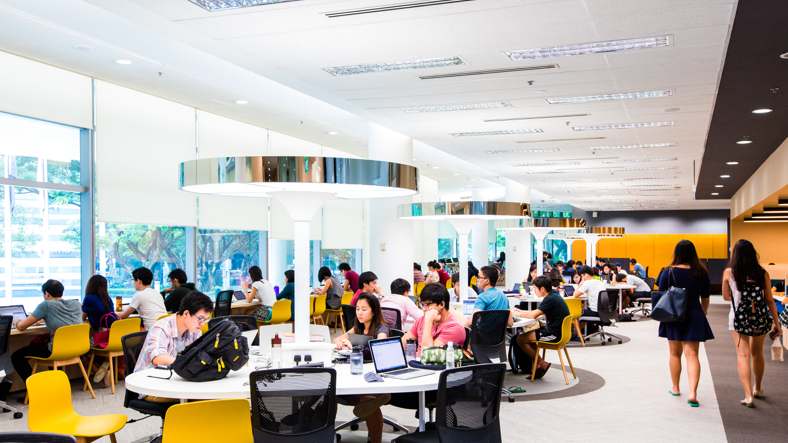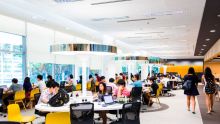
From the Imperial Academy in ancient China that equipped the emperor with bureaucrats to Western Europe’s first university in Bologna, Italy, around 1,000 years later, the earliest universities had no need to move with the times. They were repositories of a largely unchanging body of knowledge centred on religion, spirituality and supporting the status quo.
And for many centuries, universities’ curriculums and teaching methods changed at a glacial pace. It was long after the first industrial revolution that most began to offer science. Today, however, as the fourth industrial revolution transforms the global landscape, universities have had to evolve faster than could have been imagined even a generation ago.
The single career path is long gone. Sixty-five per cent of children entering primary school today will be employed in a job that does not yet exist. Macro trends from globalisation to climate change, from ageing populations to artificial intelligence, are disrupting the world of work in ways that are not yet fully visible: one study suggests that automation could replace up to 50% of jobs in the US alone.
Next-generation curriculum design has created academic qualifications in subjects as niche as virtual and augmented reality or commercial space operations. Architects of contemporary curriculums look far beyond content, aiming to equip their students not simply with knowledge but with the skills and strategies they need to succeed in the real world, and will continue to learn throughout their lives.
That means universities have to embed flexibility within their institutional DNA, offering teaching on campus, online and within their own communities, creating multiple-use learning zones and empowering faculty to adapt. They need to work with industry to provide real-world experience for their students, be that via internships, mentorships or accelerator programmes or by using the university as a living lab.
Singapore Management University (SMU) is one institution that’s facing down the challenges of 21st-century learning. Its SMU-X project both redesigned the built learning environment to create more flexible spaces and evolved the curriculum to integrate industry, emphasise mentoring, focus on project-based learning and develop an interdisciplinary approach. The aim? To expose students, faculty and industry to real-life problems in a collaborative environment that reflects the complexity of the world around them.
Management theorist Peter Drucker once observed: “Learning is a lifelong process of keeping abreast of change. And the most pressing task is to teach people how to learn.” For the contemporary university, the time to address that challenge is now.


